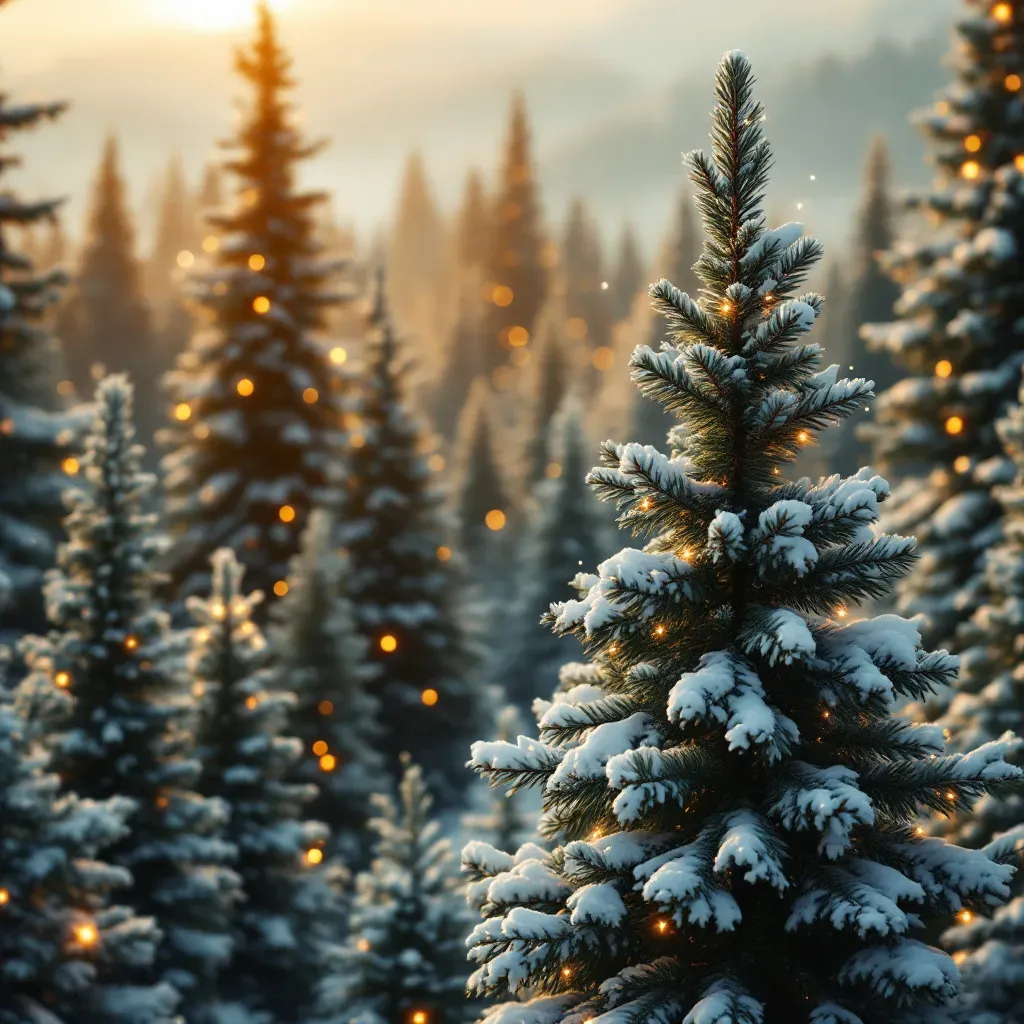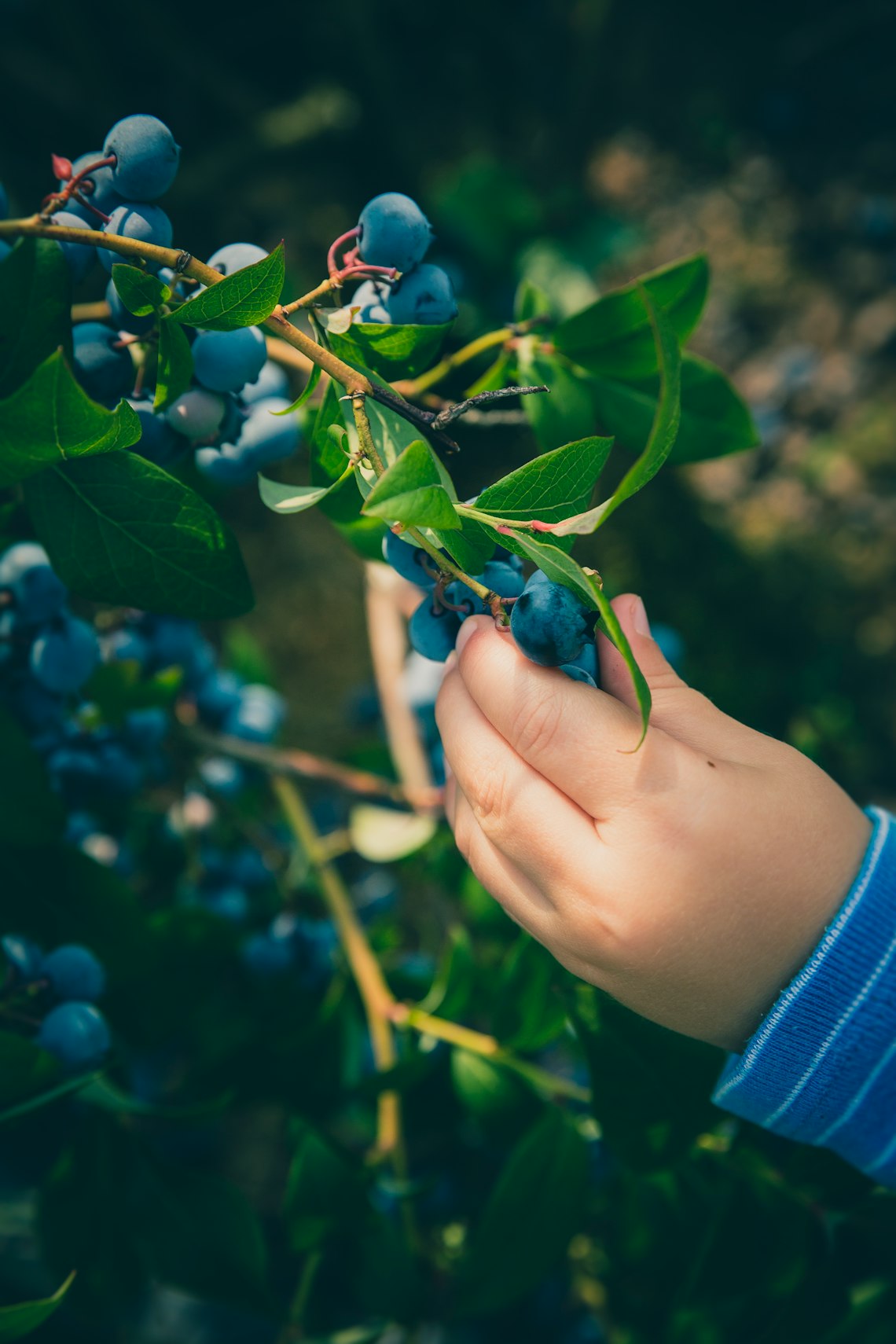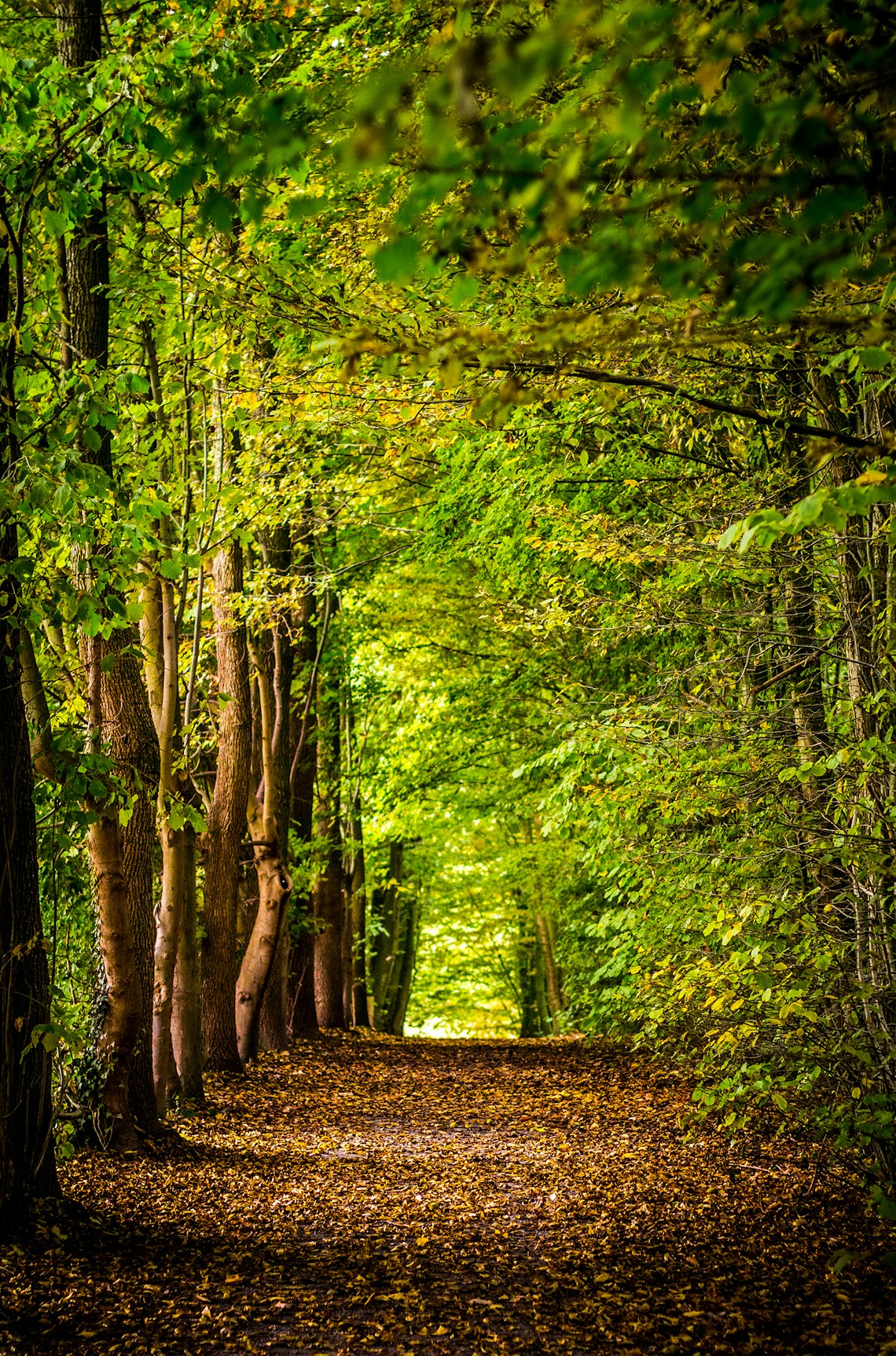The story of spruce trees weaves a fascinating tale, from their prominent role in holiday traditions as Christmas trees to their critical contribution in climate mitigation and carbon storage. As our planet grapples with the adverse effects of climate change, understanding the multifaceted roles of these evergreen giants is more important than ever.
Spruce Trees: A Holiday Tradition
Spruce trees have long been synonymous with festive cheer. As the quintessential Christmas trees, they grace homes worldwide, bringing joy and the unmistakable scent of the holidays. These trees, particularly popular varieties like the Norway spruce, have been cultivated for this purpose for centuries.
The Journey from Forest to Living Room
The process of transforming a spruce tree into a centerpiece for holiday celebrations involves sustainable harvesting methods. Although it might seem counterintuitive, properly managed tree farms ensure ecological balance. These farms often operate cyclically, planting new spruce saplings every year.
- Promotes biodiversity by maintaining habitats for wildlife
- Ensures a steady supply without deforestation impacts
- Reduces pressure on wild spruce populations
The Role of Spruce Trees in Climate Mitigation
Beyond their Christmas charm, spruce trees offer a crucial service in climate mitigation. These trees are outstanding in carbon storage, absorbing carbon dioxide from the atmosphere and storing it within their massive trunks. This natural carbon storage process significantly reduces the greenhouse effect and helps combat climate change.
Carbon Storage Powerhouses
Spruce trees, with their dense wood and vast forests across the Northern Hemisphere, act as powerful carbon sinks. Their long lifespan and large biomass accumulation make them ideal candidates for sequestering atmospheric carbon. By supporting efforts to preserve and expand spruce forests, we can enhance our planet's ability to mitigate climate change.
The evergreen canopy of spruce forests also plays an essential role in:
- Protecting soil from erosion
- Providing habitat for diverse wildlife species
- Maintaining water quality by regulating watersheds
Sustainable Harvesting: A Win-Win Approach
Sustainable harvesting of spruce trees is a balanced approach that aligns ecological needs with economic benefits. By adhering to sustainable practices, tree harvesters can ensure the longevity of spruce populations while meeting human demands for timber and Christmas trees.
Strategies for Sustainable Spruce Management
Adapting forestry practices to ensure the health and resilience of spruce forests involves several strategies:
- Implementing selective logging to maintain forest structure
- Encouraging natural regeneration through strategic planting
- Monitoring forest health to combat pests and diseases
These practices ensure that spruce trees continue to thrive, offering both ecological benefits and commercial products for generations to come. For those interested in related environmental topics, exploring the impact of urban green spaces on local temperatures can provide additional insights into the role of nature in urban settings.
In conclusion, spruce trees are much more than just our favorite Christmas trees. Their role in climate mitigation and carbon storage highlights the need for sustainable harvesting and conservation measures. By preserving these majestic evergreens, we not only honor a cherished holiday tradition but also take significant steps towards a more sustainable future.




